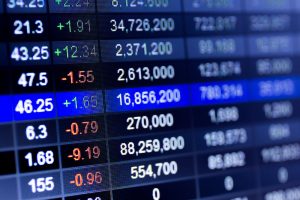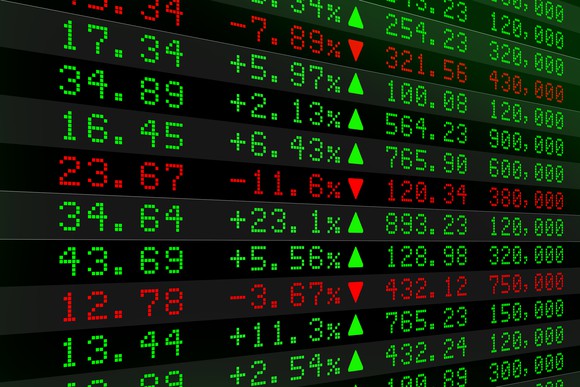Want to know what are stock market futures? Here is everything you need to know about them. Stock futures are trade contracts that give you the necessary power required to buy or sell stocks at the agreed fixed price by a specific date in the future. When you accept the contract, you are required to uphold all the terms of the agreement. The contracts have consistent specifications like the method of payment, tick size, price per unit quotation, expiry date and market lot.
Stock Futures math
Futures Price = (Spot Price + Carrying Charge)
The stock futures price is usually higher than the spot price. Futures price is a price for which a commodity can be sold or bought for delivery in future. The spot price is the present-day market price at which a commodity can be sold or bought for immediate delivery and payment. Carrying Charge or Cost of Carry is the storing cost of a physical commodity like metals or grains over a period of time or until the futures contract matures less all the expected dividends within the contract period.
Example:
The spot Price of ABC = 2000 and Interest Rate = 8% p.a.
So, the Futures Price contract for 1 month =2000 + 2000*0.08*30/365 = 2000 + 13.15= 2013.15
Meet the Players
1. Hedgers
Hedgers can be exporters, importers, manufacturers, and farmers. The main aim is to buy and sell futures in a bid to secure future price of a commodity to be sold later in the cash market. Those holding the contract for a short time will want to get as high prices as possible while for long term holders it is vice versa. Usually, almost all the risks associated with price volatility are reduced. Hedging sometimes can be used to lock the price margins between the price of raw materials and that of the finished product.
2. Speculators
The other market players’ main aim is to benefit from the risks associated with the futures market. Speculators profit from the price changes that hedgers try to protect. When hedgers are trying to reduce risk the speculators are trying to increase it in order to maximize their bottom line. If the hedger is anticipating a future decline in prices then he or she would be selling to the speculator such a contract at a low price. Also, the speculators enter the market for the sake of profits only through selling and buying futures but not owning the commodity.
Characteristics of Stock Market Futures
- Contract size – it is also referred to as a lot. What this means is that one contract can have many shares and the number of shares included is the size of the contract. When buying and selling futures, a single share is not usually traded. For example, if a contract has 300 shares, the selling and buying will involve the whole bunch.

- Expiry – there are three types of maturities associated with stock futures. They include near month contracts (1 month), middle month contracts (2 months) and far month contracts (3 months). All maturities expire on their particular contract months (last Thursday of the contract month) and they are traded simultaneously. All stock futures contracts are for future transactions. So, the contract duration determines how far in the future it will be settled.
- Leverage – this is having control of commodities worth more than your capital. With just a small amount of cash, you have the green light to enter into a stock futures contract worth more than what to can afford, at the moment, to pay. A small shift in prices can mean a huge loss or profit.
- Pricing and limits – the stock futures market price quotations are done in the same way as in cash market, that is, per unit, cents or dollars. However, there are restrictions on the price movements for a futures contract. So, there is an upper and a lower price boundary set per day that heavily relies on the previous day closing.
Conclusion
Lastly, the profits and losses are determined by the prices between the closing price and the opening price of the futures. For example, if an investor buys “Y” futures at $530 each in November, he or she may sell the same futures at $550 each in the same month. In that case, the investor would bag a profit of $20 per future. But if he or she sells the same futures at $505, then he or she would make a $25 loss per future.
References
http://money.howstuffworks.com/personal-finance/financial-planning/stock-future.htm
http://www.bseindia.com/markets/Derivatives/DeriReports/FAQsStockFutures.aspx?expandable=5
https://www.kotaksecurities.com/ksweb/Research/Investment-Knowledge-Bank/what-are-futures-contracts
http://www.investinganswers.com/financial-dictionary/optionsderivatives/futures-1002
http://www.sharemarketschool.com/futures-understanding-the-basic-terms/
https://www.thebalance.com/what-are-futures-definition-and-examples-1031172
